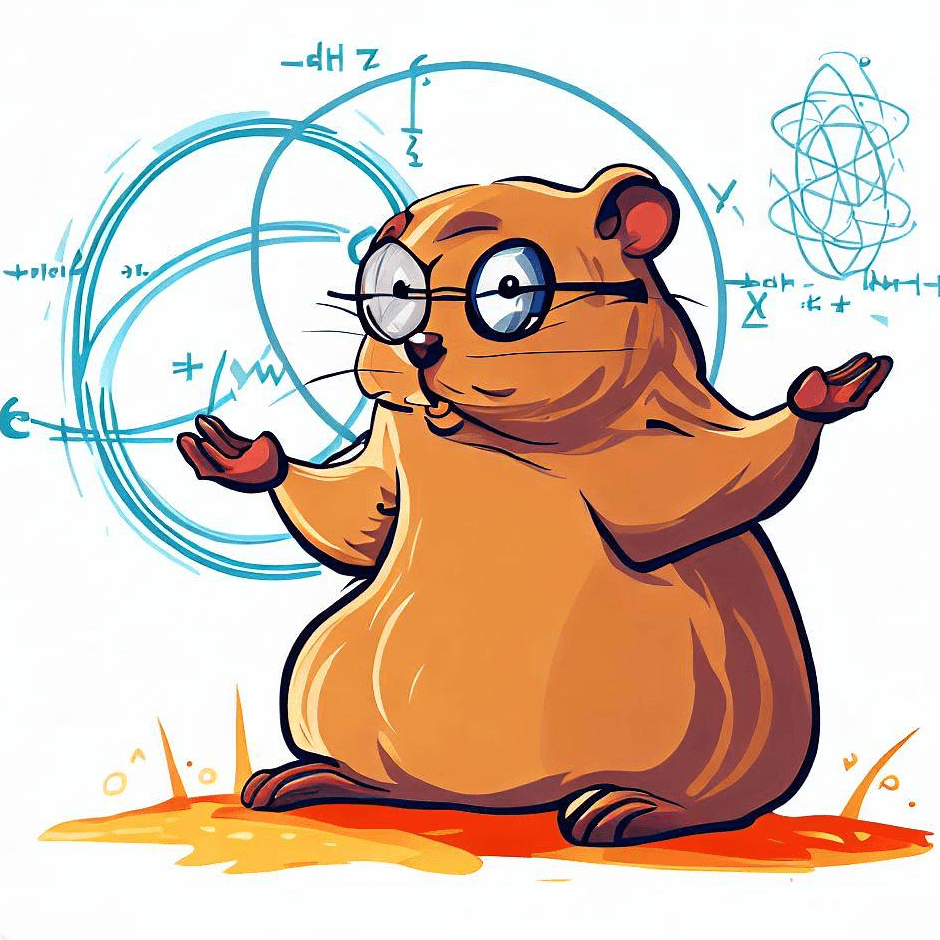
Can you explain the Miller-Urey experiment and its significance?
The Miller-Urey experiment, conducted in 1952 by chemists Stanley Miller and Harold Urey, aimed to simulate the conditions thought to be present on early Earth and test the possibility of spontaneously generating organic compounds necessary for life.
The experiment involved creating a closed system that mimicked Earth's early atmosphere, consisting of water vapor, methane, ammonia, and hydrogen. This mixture was then subjected to electrical sparks to simulate lightning, and after a week, Miller and Urey analyzed the resulting compounds. Surprisingly, they found a variety of amino acids, which are the building blocks of proteins and essential for life.
The significance of the Miller-Urey experiment is that it demonstrated the possibility of simple organic molecules, such as amino acids, forming under conditions similar to those believed to have existed on early Earth. This provided experimental evidence supporting the idea that the building blocks of life could have arisen spontaneously from non-living matter, leading to further investigations and theories about the origin of life.
- Can you explain the RNA world hypothesis?
- What were the main criticisms of the Miller-Urey experiment?
- Tell me more about the concept of panspermia.
- Can you provide examples of complex chemical reactions involved in the metabolism-first theory?
- How do clays and minerals contribute to the formation of organic compounds?
- What are some other notable experiments related to the origin of life?
- Can you explain the process of abiogenesis?
- How does the concept of the "primordial soup" relate to the origin of life?
- Are there any alternative theories that challenge the idea of life originating on Earth?
- Can you discuss the role of lipids in the origin of life?